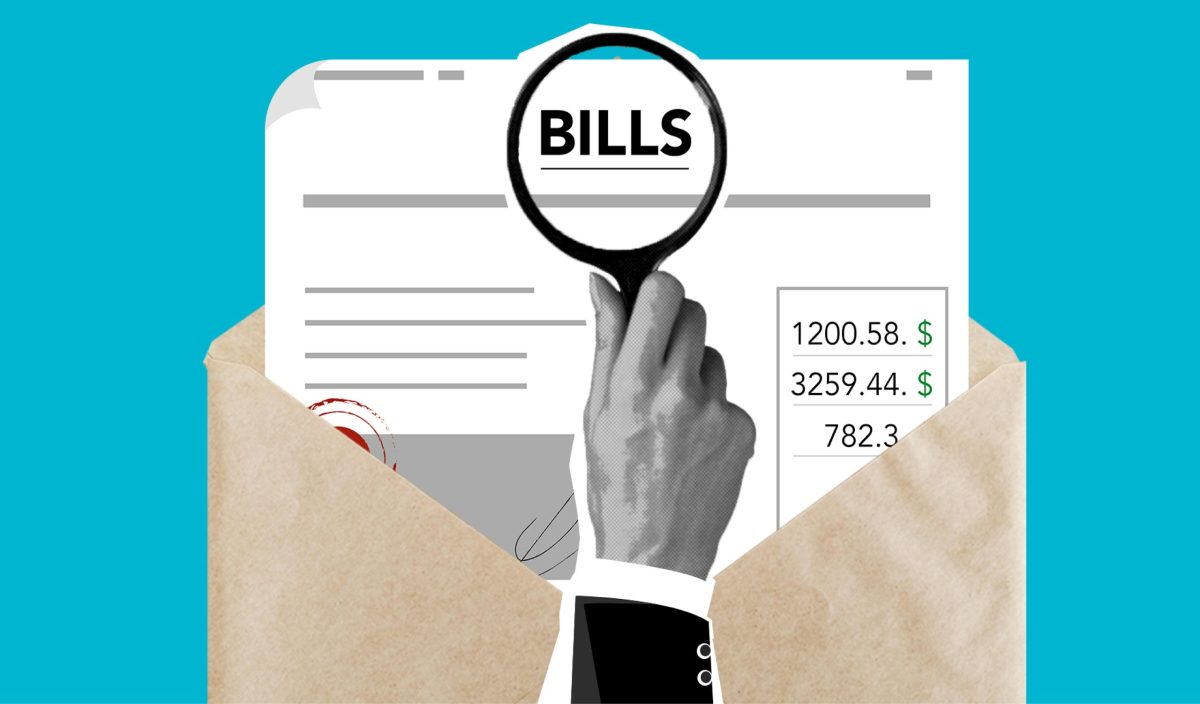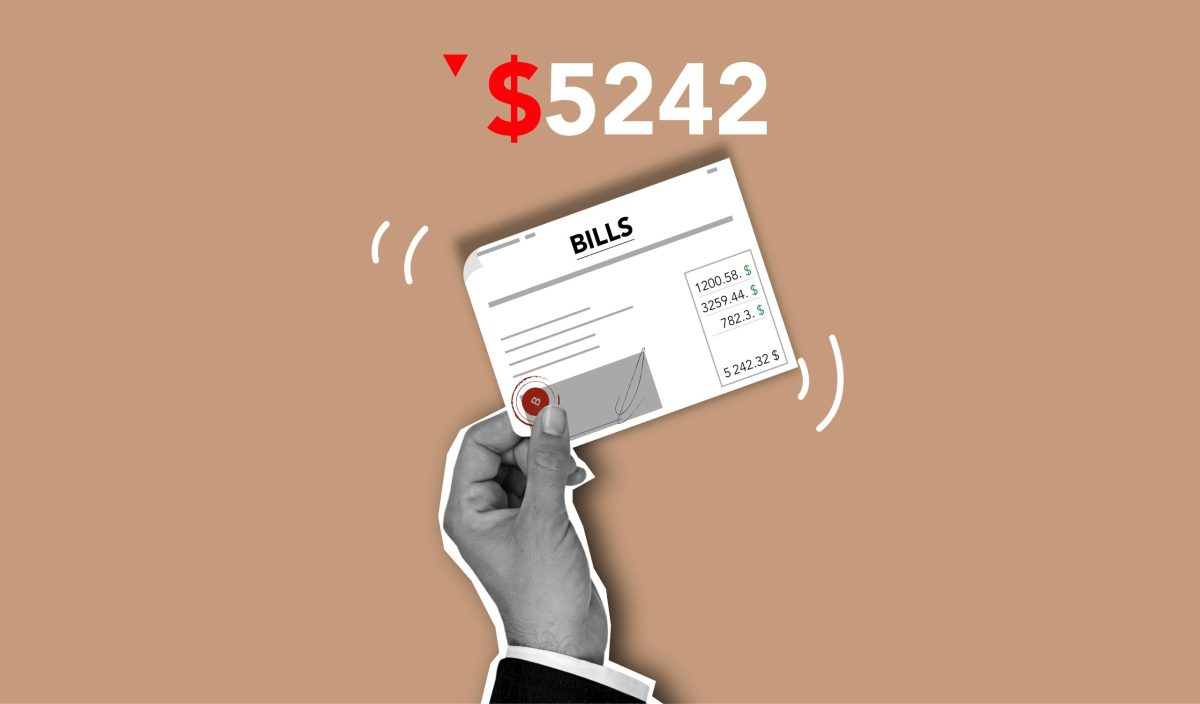Understanding Consumer Debt in Australia

Definition and Types of Consumer Debt
At its core, consumer debt encompasses money owed as a result of purchasing goods that are consumable and/or do not appreciate. This includes, but is not limited to, credit card debt, personal loans, and car loans. Each type serves a unique purpose, offering flexibility and financial leverage to consumers.
Comparison to Other Forms of Debt
Unlike mortgage or business loans, consumer debt typically carries higher interest rates, reflecting the higher risk lenders associate with these types of borrowing. It’s a double-edged sword; while providing immediate financial relief or gratification, it can lead to long-term financial strain if not managed wisely.
Statistics on Consumer Debt in Australia
Recent figures paint a vivid picture: Australians are increasingly reliant on consumer debt, with credit card debt alone surpassing $20 billion. This trend underscores the importance of understanding and managing consumer debt to maintain financial health and stability.
Grasping the nuances of consumer debt is crucial in navigating personal finance. It’s not just about borrowing; it’s about borrowing smartly and sustainably. With informed decisions, consumer debt can be a tool rather than a trap, paving the way for financial freedom and security.
The Impact of Consumer Debt on Personal Finance

Consumer debt, while offering immediate financial relief, can significantly influence one’s personal finance landscape. Effects on credit score and borrowing capacity are profound. A high level of debt, especially if not managed well, can tarnish your credit score. This, in turn, restricts future borrowing capacity, making it challenging to secure loans for major investments like a home. The relationship between consumer debt and financial stress cannot be overstated. As debts mount, the psychological burden grows, often leading to stress that can affect every aspect of life. This stress not only impacts mental health but can strain personal relationships and job performance. Moreover, the long-term financial implications of high consumer debt are daunting. It can erode savings, limit investment opportunities, and delay retirement plans. In essence, while consumer debt can be a useful financial tool, its mismanagement poses significant risks to financial stability and well-being.
- High consumer debt can lower credit scores, limiting future financial opportunities.
- Financial stress linked to debt can affect mental health and overall life quality.
- Long-term implications include eroded savings and delayed financial goals.
Strategies for Managing Consumer Debt

Effective management of consumer debt is pivotal in maintaining financial health. A strategic approach involves meticulous budgeting and financial planning, allowing individuals to track and control their spending. This foundational step not only prevents the accumulation of unnecessary debt but also facilitates the allocation of funds towards debt repayment. Moreover, exploring debt consolidation options emerges as a savvy strategy for simplifying finances. By consolidating multiple debts into a single loan with potentially lower interest rates, individuals can reduce their monthly payments and pay off debt faster. However, the cornerstone of debt management lies in the establishment of an emergency fund. This financial buffer can absorb unexpected expenses, preventing the need for additional borrowing and offering peace of mind. Together, these strategies form a robust framework for navigating the complexities of consumer debt, ensuring financial stability and paving the way towards financial freedom.
- Budgeting and financial planning are essential for controlling spending and allocating funds towards debt repayment.
- Debt consolidation can simplify finances and potentially lower monthly payments.
- An emergency fund is crucial for covering unexpected expenses, preventing further borrowing.
Consumer Rights and Protections in Managing Debt

In the realm of personal finance, understanding the protective measures against predatory lending is paramount. Laws are in place to shield consumers, ensuring fair play in the lending market. When debt collectors come knocking, it’s crucial to stand firm, armed with knowledge of your rights. This ensures interactions remain respectful and within legal bounds. Furthermore, the financial ombudsman plays a pivotal role, offering a beacon of hope in resolving disputes. This entity stands as a mediator, ensuring that grievances find resolution through a fair and just process.
- Laws safeguard consumers from unfair lending practices, promoting a level playing field.
- Knowing your rights transforms interactions with debt collectors from daunting to manageable.
- The financial ombudsman acts as a mediator, resolving disputes with fairness and impartiality.
Empowerment in managing consumer debt comes from knowledge and understanding of these protections. By leveraging these resources, individuals can navigate the complexities of debt with confidence, ensuring their financial well-being remains intact. This strategic approach not only mitigates the immediate challenges but also lays the groundwork for long-term financial stability and freedom.
Innovative Solutions to Consumer Debt

In the quest for financial stability, innovative solutions to manage and mitigate consumer debt have emerged as beacons of hope. Fintech solutions, leveraging cutting-edge technology, offer personalised debt management and consolidation services. These platforms simplify the repayment process, often securing lower interest rates, thereby easing the financial burden on individuals. Meanwhile, non-profit organisations play a pivotal role in providing debt counselling. Through education and support, they empower individuals to navigate the complexities of debt, fostering a culture of informed financial decision-making. Furthermore, government initiatives aimed at reducing household debt underscore a commitment to financial well-being. These programs, ranging from regulatory reforms to consumer education campaigns, aim to create a more resilient economic environment. Together, these strategies form a comprehensive approach to tackling consumer debt, highlighting the importance of collaboration across sectors.
- Fintech solutions streamline debt management, offering hope for easier repayment plans.
- Non-profit organisations provide crucial counselling, guiding individuals towards financial literacy.
- Government initiatives focus on long-term solutions to reduce household debt, ensuring economic stability.
Innovative Solutions to Consumer Debt
The landscape of consumer debt management is evolving, with innovative solutions making significant strides. Fintech solutions are at the forefront, offering sophisticated tools for debt management and consolidation. These digital platforms empower individuals by providing comprehensive insights into their finances, enabling smarter decision-making and streamlined debt repayment strategies. Additionally, non-profit organisations play a crucial role in offering debt counselling and support services. Their guidance can be invaluable, helping individuals navigate the complexities of debt, budgeting, and financial planning. Furthermore, government initiatives aimed at reducing household debt are pivotal. These programs often focus on education, providing resources and support to foster financial literacy and resilience among consumers. Together, these innovative solutions and support systems are instrumental in addressing the challenges of consumer debt, paving the way for a more financially secure future.
- Fintech platforms provide tools for smarter debt management.
- Non-profit organisations offer crucial counselling and support.
- Government initiatives focus on reducing household debt through education.
Innovative Solutions to Consumer Debt
The landscape of consumer debt management is evolving, with innovative solutions making significant strides. Fintech solutions are at the forefront, offering sophisticated tools for debt management and consolidation. These digital platforms empower individuals by providing comprehensive insights into their finances, enabling smarter decision-making and streamlined debt repayment strategies. Additionally, non-profit organisations play a crucial role in offering debt counselling and support services. Their guidance can be invaluable, helping individuals navigate the complexities of debt, budgeting, and financial planning. Furthermore, government initiatives aimed at reducing household debt are pivotal. These programs often focus on education, providing resources and support to foster financial literacy and resilience among consumers. Together, these innovative solutions and support systems are instrumental in addressing the challenges of consumer debt, paving the way for a more financially secure future.
- Fintech platforms provide tools for smarter debt management.
- Non-profit organisations offer crucial counselling and support.
- Government initiatives focus on reducing household debt through education.
Future Trends in Consumer Debt

The trajectory of consumer debt in Australia is poised for transformation. As economic landscapes shift, so too will the patterns of borrowing and repayment among consumers. The advent of emerging financial products is set to redefine the accessibility and management of personal debt. These innovations promise not only convenience but also potential pitfalls, necessitating a nuanced understanding of their implications.
Economic fluctuations play a pivotal role in shaping consumer debt dynamics. In times of prosperity, confidence may fuel increased borrowing, yet the spectre of downturns looms large, potentially exacerbating debt burdens. This delicate balance underscores the importance of vigilance and adaptability in personal financial planning.
On the horizon are financial products that blend technology and personal finance, offering tailored solutions to debt management. These tools, while promising to streamline budgeting and repayments, also introduce complexities. The allure of easy access to credit, for instance, could lead to over-leverage, highlighting the need for consumer education and regulatory oversight.
In essence, the future of consumer debt in Australia is a tapestry of opportunity and caution. As new financial products emerge and economic conditions evolve, consumers must navigate this landscape with informed strategies. Embracing innovation, while safeguarding against potential risks, will be key to harnessing consumer debt as a tool for financial empowerment.
In Closing
Navigating consumer debt is a journey towards financial empowerment. It requires a balance of strategic planning and informed decision-making. By embracing innovative solutions and adhering to sound financial practices, individuals can transform debt from a burden into a tool for achieving financial stability. The path forward involves leveraging technology, education, and support systems to manage and mitigate debt effectively. As we look to the future, the key to harnessing consumer debt lies in our ability to adapt, learn, and grow, ensuring a financially secure tomorrow.

Ayesha Brueckner is your typical 24 year. Carrying a mountain of student debt. Looking at house prices and wondering if buying one will ever be possible. Looking for income solutions outside of a weekly wage. Join her on her investment and wealth research journey.

